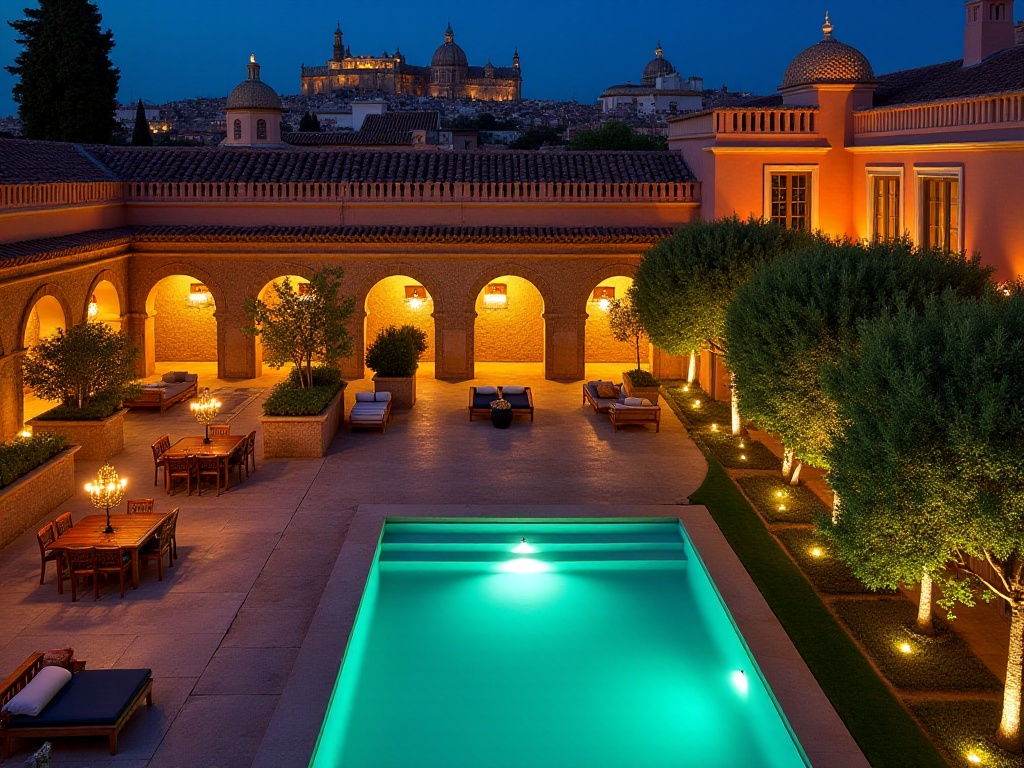Opening Thoughts
In the late-night streets, neon lights flicker as people come and go. In a late-night diner in Tokyo's Shinjuku district, an office worker in a crisp suit sits alone at the counter with a steaming bowl of ramen, his briefcase casually leaning against his chair. Meanwhile, in Shanghai's bar street, several fashionably dressed young people gather around a small table, their sake bottles gleaming under the lights as occasional bursts of hearty laughter fill the air. Behind these seemingly ordinary nightlife scenes lies deep cultural significance. As a nightlife enthusiast who has traversed major cities worldwide, I am deeply fascinated by these cultural differences. Let me take you into this vibrant nocturnal world to experience the sparks that fly when different cultures collide.
Asian Flavors
When discussing Asian nightlife, Shanghai is impossible to ignore. Shanghai's nightlife in 2024 displays unprecedented diversity. The high-end bars near the Bund maintain their traditional jazz elegance while cleverly incorporating refreshing local elements. Just last month, I visited a newly opened sake bar where, to my delight, the bartender innovatively used local Shanghai plums as a base to create a signature cocktail with distinct Jiangnan characteristics. This cocktail retains the richness of sake while incorporating the freshness of plum - one sip captures the essence of the entire Jiangnan region.
Beyond traditional bars, Shanghai's late-night dining culture is also flourishing. In an alley near Nanjing Road, I discovered a unique late-night hot pot restaurant. The interior design combines old Shanghai's vintage elements with modern design, featuring photos from the Republican era on the walls while tables are equipped with smart ordering systems. Most interestingly, they offer special "midnight dining sets" for night owls - from midnight to 3 AM, you can enjoy a complete hot pot meal at more affordable prices.
As for Tokyo's Shibuya, nightlife in 2024 has undergone a quiet revolution. While traditional izakayas remain the first choice for office workers to decompress, younger generations prefer emerging late-night cafes. In a 24-hour artistic cafe near Shibuya Station, I saw many young people participating in late-night book clubs while enjoying carefully brewed hand-drip coffee. The baristas here are not only coffee experts but also well-versed in literature, often engaging in deep literary discussions with customers.
In Shinjuku, I discovered a new form of nightlife: the library bar. These venues function as ordinary cafes during the day but transform into bars with library features at night. Customers can enjoy craft beers while reading in a comfortable environment. Most uniquely, they regularly host "midnight poetry readings" where literature enthusiasts can share their works in a slightly tipsy atmosphere.
Seoul's nightlife in Korea presents yet another unique aspect. In Gangnam district, I saw many themed bars incorporating K-pop culture. These bars not only play the latest K-pop music but also host K-pop dance competitions. Interestingly, bartenders create themed cocktails based on popular idol groups, with each drink having its own unique story and design.
In Hong Kong, the bar streets near Victoria Harbor showcase a unique East-West fusion. Traditional Cantonese tea restaurants transform into distinctively Hong Kong-style bars at night. Bartenders creatively incorporate elements from milk tea and citrus traditional Cantonese beverages into cocktails, creating unique "Hong Kong-style cocktails." The most popular is the "Iced Milk Tea Martini," which perfectly combines the elegance of British martinis with the richness of Hong Kong-style milk tea.
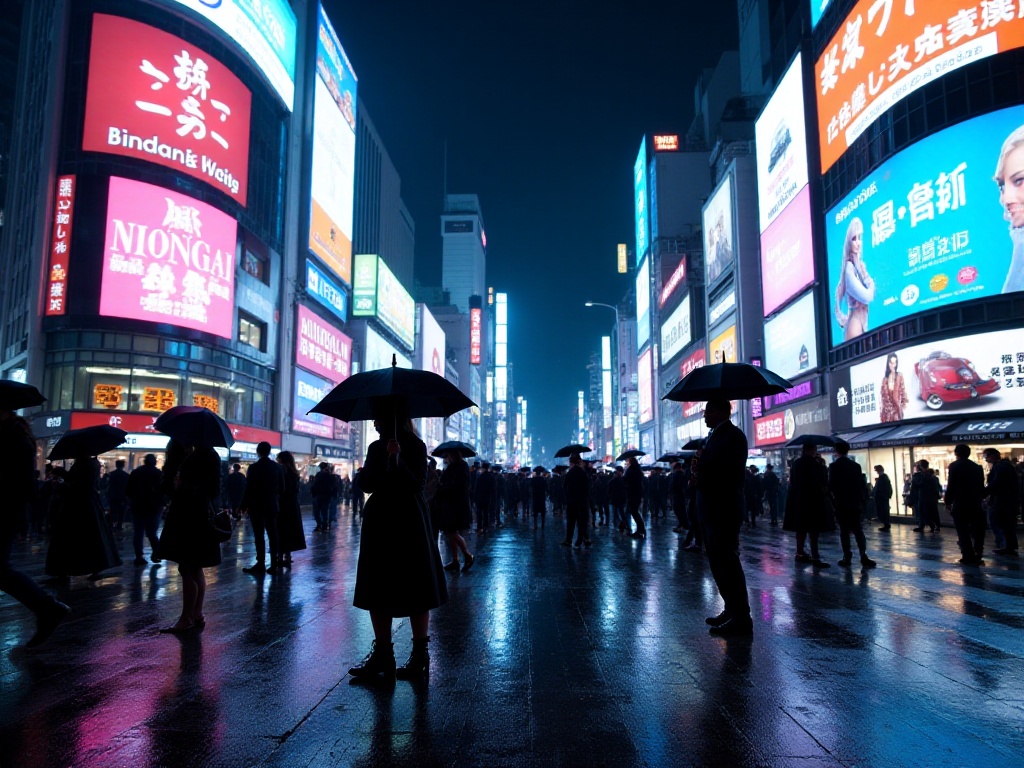
European Charm
Copenhagen's nightlife left a deep impression on me. In this design-conscious Nordic city, nightlife isn't just simple entertainment but a unique art of living. According to recent statistics, over 60% of young Copenhagen residents participate in nighttime social activities at least once a week. What impressed me most was that the most popular venues weren't traditional bars, but cultural spaces that perfectly combine art exhibitions, music performances, and social areas.
In the Nørrebro district, I visited a highly creative multipurpose cultural space. During the day, it's a modern art gallery; at night, it transforms into an artistically atmospheric bar. The artworks on the walls present different effects under specially designed lighting, and DJs carefully select music to match exhibition themes. Most specially, they host weekly "Artist Nights," giving young artists opportunities to showcase their work and interact face-to-face with audiences.
Athens' nightlife presents an entirely different scene. In this historically rich city, the collision between ancient and modern has created a unique nightlife culture. The open-air bars in the Plaka district are among my favorites, where you can enjoy creative cocktails while admiring the Acropolis shrouded in darkness. According to local tourism bureau data, Athens' open-air bars have increased by 35% over the past five years, serving not only traditional ouzo but also regularly hosting live Greek folk music performances.
One unforgettable evening, I spent at an open-air bar at the foot of the Acropolis. The bartender created a specialty cocktail using local figs and honey, accompanied by live bouzouki music from the house band, creating an atmosphere that transported you back to ancient Greece. Most delightfully, this bar holds special "Moonlight Concerts" every full moon, allowing guests to savor unique Greek wines accompanied by melodious music under the clear moonlight.
Italian nightlife is most enchanting. In Rome, nightlife typically doesn't begin until 9 PM, while in Milan it starts around 11 PM. Interestingly, recent social surveys show that over 70% of young Italians consider nightlife as an important supplement to social networking rather than their primary social activity. This data reflects Italians' emphasis on face-to-face communication.
In Rome's Trastevere district, I experienced the most authentic Italian nightlife. Small taverns here begin serving aperitifs from 8 PM, but things don't really get lively until after 9 PM. Locals first enjoy an Aperitivo at outdoor cafes, then slowly move between different bars. Most specially, bars here don't play deafening music, allowing people to converse comfortably.
Milan's nightlife places more emphasis on fashion elements. In the Brera district, I found many bars decorating their interiors according to Milan Fashion Week themes, with bartenders creating themed cocktails to match. Some high-end bars even invite famous designers to plan special events, perfectly blending fashion with nightlife.
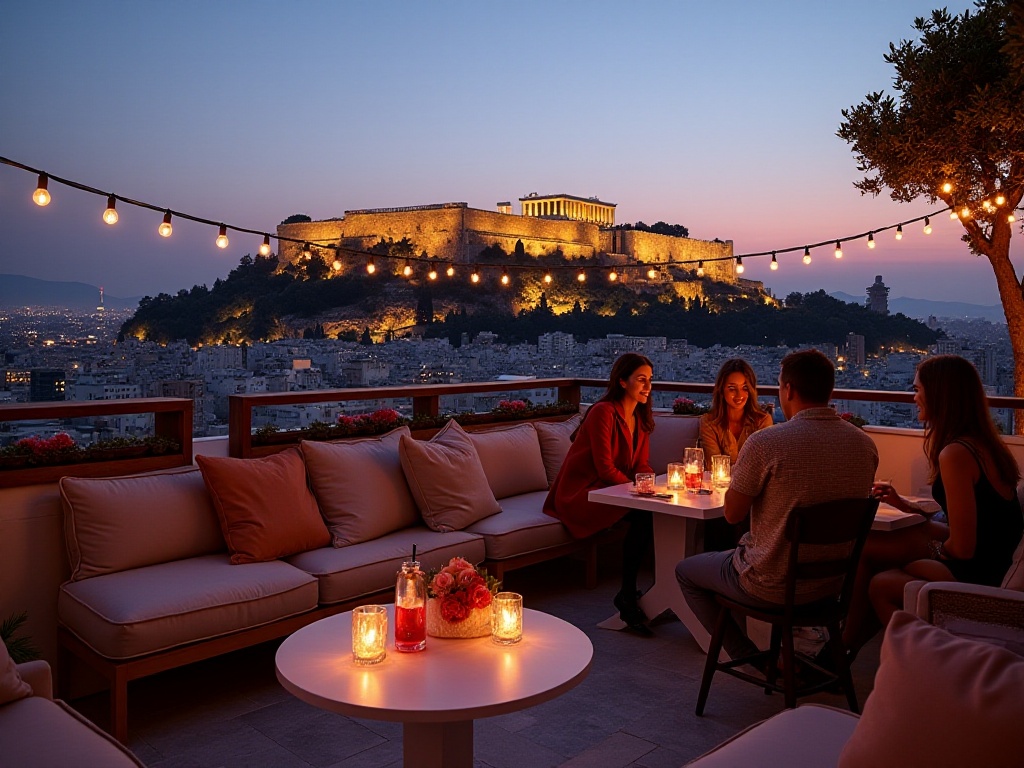
Cultural Interpretation
Behind these fascinating differences lies each culture's unique understanding of life. In East Asia, nightlife often plays the role of releasing work pressure. Whenever I see Tokyo office workers savoring a hot bowl of ramen alone at a late-night diner or having a few drinks with colleagues at an izakaya, I deeply feel this need for "decompression."
In contrast, European nightlife seems more like a natural extension of daily life. On Barcelona's Las Ramblas, I often see entire families still dining at outdoor restaurants at 11 PM; in Berlin, young people emerge from underground clubs only in the early morning on weekends - these are true reflections of local lifestyles.
According to recent cross-cultural research data, Asian young people spend an average of 2.5 hours at nightlife venues, while European young people reach 4 hours. This difference isn't just numerical but reflects two cultures' different understandings of time and leisure. In Asia, people focus more on efficiency and purposefulness, considering time management even during relaxation; in Europe, people are more willing to let time flow naturally and enjoy every moment.
There are also obvious differences in consumption habits. Asian nightlife venues usually offer more package deals and promotions, reflecting characteristics of commercialization and efficiency supremacy. European bars and clubs emphasize more personalized experiences, with relatively fixed prices and few promotional activities.
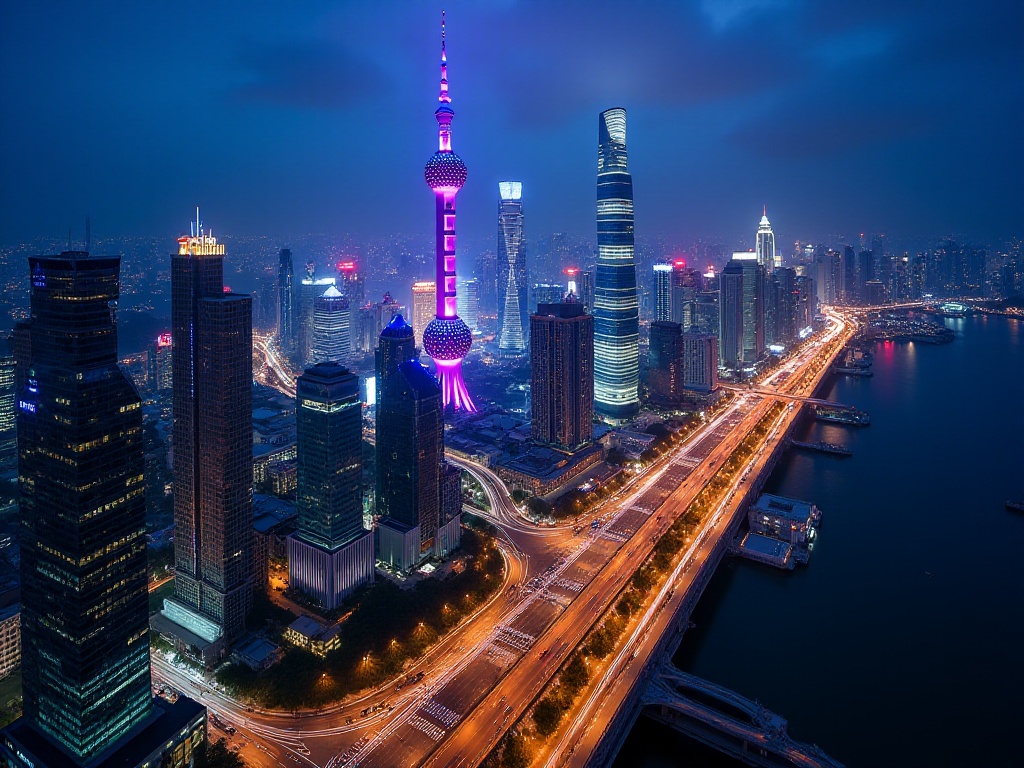
Personal Recommendations
For friends wanting to experience different local nightlife, I recommend first deeply understanding local cultural habits. For example, in Shanghai, young people particularly enjoy "bar hopping," visiting several different-styled establishments in one night, from quiet bars to dance clubs to late-night diners, which suits the local fast-paced lifestyle.
In Copenhagen, people tend to choose one favorite place and slowly enjoy the entire evening. I remember once staying at a jazz bar in Copenhagen from 10 PM until 4 AM, meeting many locals, chatting, listening to music, and enjoying a leisurely Nordic night.
In Tokyo, it's advisable to understand different district characteristics first. Shinjuku's nightlife tends toward bustling and commercial, while Daikanyama is better suited for finding artistic late-night cafes. In Rome, it's essential to follow local customs and not go out too early, as true nightlife doesn't begin until after 9 PM.
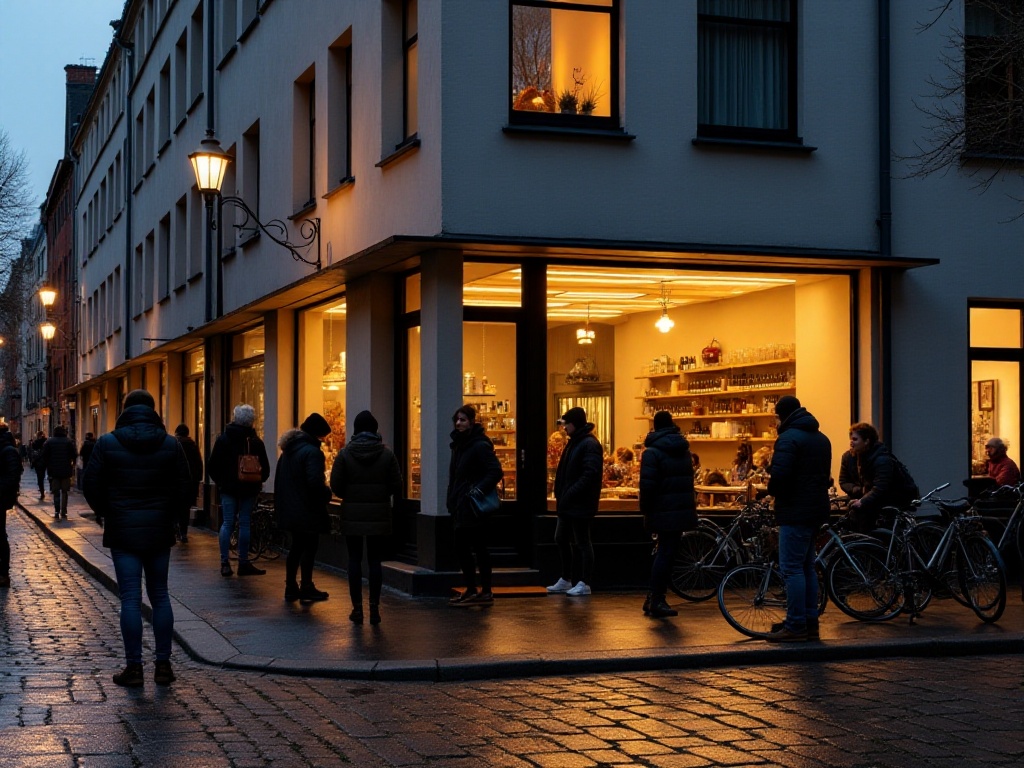
Future Outlook
As globalization deepens, nightlife cultures worldwide are undergoing interesting fusion and evolution. In Shanghai, I've already seen boutique bars incorporating Nordic design styles; in Berlin, Asian-style late-night diners are becoming popular. This cultural cross-pollination is creating entirely new nightlife styles.
However, maintaining local characteristics seems to have become a new trend. In Tokyo, more bars are rediscovering traditional Japanese elements; in Paris, the revival of old-style cafes also proves people's pursuit of local culture.
Looking ahead, I believe nightlife culture will find balance between "globalization" and "localization." We might see more fusion venues combining Asian efficiency with European leisure characteristics, while also having more places focused on showcasing local features.
Technological development will also change nightlife forms. Virtual reality technology might bring entirely new nightlife experiences, allowing people to experience different cities' nightlife atmospheres without leaving home. However, I believe real human interaction and cultural experiences will never be completely replaced by technology.
This topic could indeed extend indefinitely. As a nightlife culture observer, I'd particularly like to hear your thoughts and experiences. Which city's nightlife do you prefer? What memorable nightlife experiences do you have? Feel free to share your stories.






